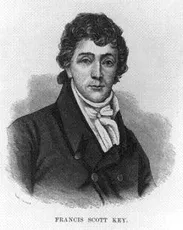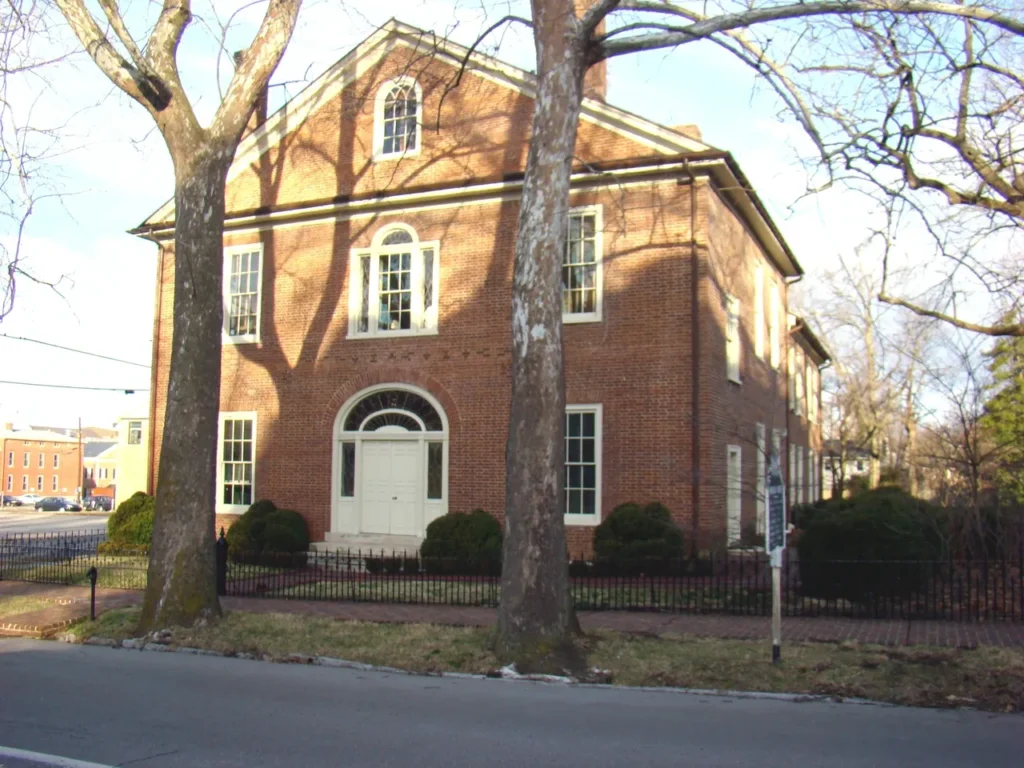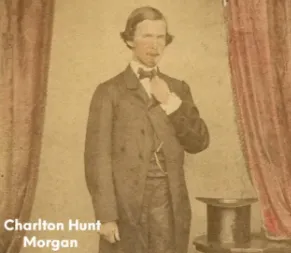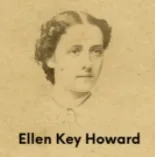
The Star-Spangled Banner’s Kentucky Connection

Nearly everyone in Kentucky with even a remote interest in history has heard of the Hunt and Morgan families of Lexington. The most famous (or infamous) being General John Hunt Morgan, “The Thunderbolt of the Confederacy”. Morgan’s Raiders kept Union commanders on their toes during the 1862-1864 raids through Kentucky, Indiana and Ohio, but Morgan’s exploits are a topic for another day…
One of John Hunt Morgan’s younger brothers, Charlton “Charly” Hunt Morgan, married Baltimore, Maryland native Ellen “Nellie” Key Howard, who happened to be the granddaughter of Francis Scott Key. Key was the author of the poem “The Defence of Fort McHenry” that later became known as “The Star-Spangled Banner” during the British bombardment of Fort McHenry on September 14, 1814 during the war of 1812.

This union produced one child, a son, named Thomas Hunt Morgan. Thomas was born at “Hopemont” better known today as the Hunt-Morgan House located in Lexington’s Gratz Park. Hopemont was built by Thomas Wesley Hunt, the first millionaire west of the Allegheny Mountains and Thomas Hunt Morgan’s paternal great grandfather.
Thomas went on to distinguish himself as an evolutionary biologist, geneticist, and embryologist. He was the first Kentuckian to win a Nobel prize and the first non-physician American to win the Nobel Prize in Medicine for his foundational research of the role that chromosomes play in heredity. Morgan’s work went on to form the basis for modern genetics.

How interesting that the man who is considered the “father of genetics” has such an impressive family tree!
Blaine K. Price, Historian, Family Tree Nuts – 2021
